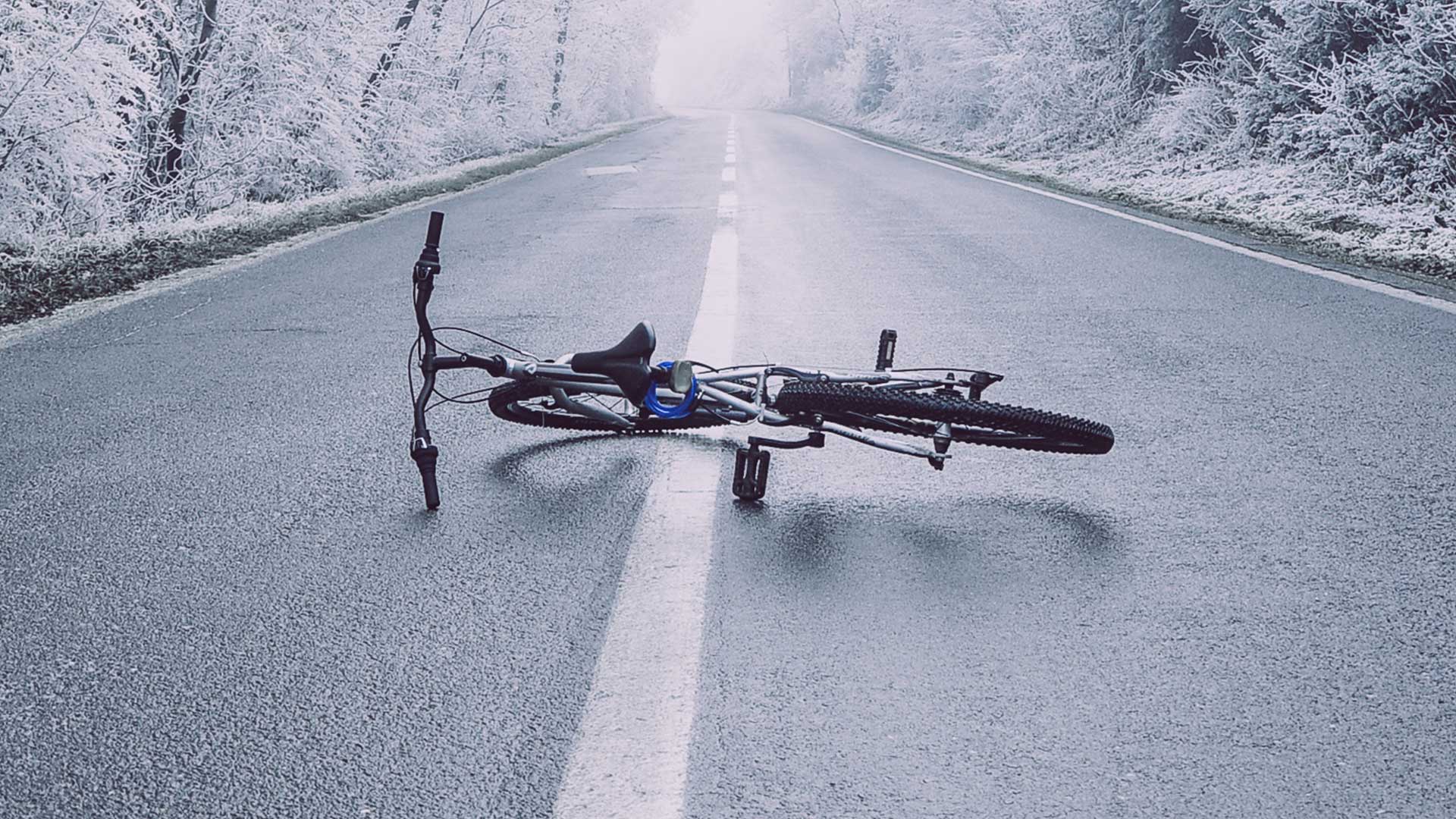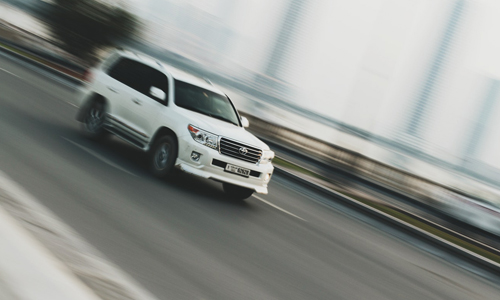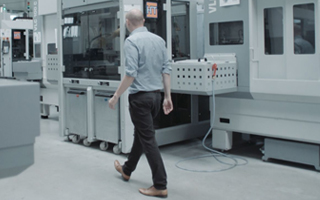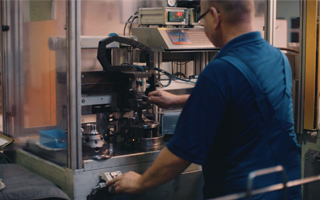Cyclists - How Can Motorists Keep Them Safe

In the never ending battle for space on Britain’s highways one particular group is at the focus of more controversy than any other. We are of course are referring to cyclists.
THE VILLAIN?
Cyclists have almost become the de facto road user everyone loves to hate in recent years, occupying some sort of grey area between pedestrian and motorist. Whenever an initiative is launched to improve cyclist safety it is usually met with derision and anecdotes of maniac cyclists running roughshod over the rules of the road.
That’s not to say those incidents didn’t happen, as wherever there are cyclists there will be good ones and bad ones – but that goes for all road users. You only tend to notice something if it’s out of the ordinary, but that doesn’t seem to matter.
Pedestrians don’t want them on the sidewalks (and legally they can’t be unless it’s a cycle path) and motorists don’t want them on the road and consider both their vulnerability and their unpredictability a major hazard.
Whilst a motorist is no more predictable, cars are equipped with brake lights and indicators. Plus the movement of a car is far more pronounced and easier to interpret.
A lot of people are of the opinion that cyclists should be licensed and registered in the same way motorists are so they can be held fully accountable in the event of an accident.
But the reality is fatalities and serious injuries caused by cyclists are extremely rare, to the point where it’s not worth the money needed to enforce such a system.
Police forces themselves have stated that cyclists do not cause them much trouble and do not warrant a high level of effort in terms of monitoring, regulation and punishment.
Vehicles however are very large, very heavy, and very dangerous objects when not operated with due care and attention. It is they who are the special cases when it comes to using the roads - most road traffic laws and safety considerations are actually there to govern them, not non-motorists.
Under current UK law pedestrians, horse riders and cyclists have absolute right to use the road whereas vehicles have a licensed right - it’s something a lot of motorists tend to forget.
Not all cyclists are without blame and new offences are being considered to introduce a legal punishment to tackle those guilty of dangerous cycling.
Death by Dangerous Cycling could be a necessary law to protect primarily pedestrians, but also drivers by encouraging cyclists to obey traffic laws and not cause avoidable accidents.
RISKY BUSINESS
According to the Department of Transport’s latest full year statistics for 2015, cycling is dangerous.
100 people travelling by bike lost their lives over the course of the year representing 6% of the 1,730 total fatalities. Perhaps misleadingly, passenger vehicles accounted for over 43% with 754 deaths.
But when looked at the number of deaths by distance travelled the numbers reverse and we see a clearer picture – cyclists suffer almost 31 deaths per billion miles travelled compared with less than two deaths for passenger vehicles.
One conclusion some might immediately jump to is that cyclists will naturally suffer a higher death rate as they occupy the same space as vehicles without the same levels of protection - only that pedestrians suffer even worse despite not being true road users at all. Almost 36 deaths for every billion miles walked.
However, the most dangerous form of travel without question is by motorbike with a staggering 122 deaths per billion miles. Having all the vulnerabilities of a push bike but travelling at high speed makes for a dangerous combination.
A HEALTHY ALTERNATIVE
What’s sad is that in spite of the risks, the effect cycling has on the health and life expectancy of the population is extremely beneficial. So beneficial in fact that the amount of ‘life’ gained is approximated to be 20 times of that potentially lost through injury.
With regular cycling you could add two years to your life span, enjoy a fitness level 10 years younger than your actual age, and would take one less day off work through illness per year. Not insignificant gains.
WHAT WE CAN DO
The reality of Britain’s road network (for one) is that it’s very overcrowded. Many roads are inadequate for the volume of traffic they handle and are often very narrow.
This makes it very difficult to implement systems to segregate road users where it is needed most which puts more responsibility onto the shoulders of the road users themselves - we all just have to try to get along.
The following are the most common types of collision involving a cyclist; by familiarising yourself with them you can try to avoid similar situations yourself:
Motorist emerging into path of cyclist
Motorist turning across path of cyclist
Cyclist riding into path of a motor vehicle, often riding off a pavement
Cyclist and motorist going head-to-head
Cyclist turning right from a major road and from a minor road
Child cyclist playing or riding too fast.
The THINK! Campaign also has a simple set of safety tips for both driver and cyclist to help make each other more aware of what to look out for:







